Red light therapy (RLT) is growing in popularity as a potential aid for weight loss, but does it really deliver on its promises? This article explores the science, benefits, and limitations of using red light therapy for shedding pounds, drawing directly from expert insights and research available online. We’ll also address common questions to help you decide if this treatment is worth considering.
What Is Red Light Therapy?
Red light therapy is a noninvasive treatment that may help with several health conditions including wrinkles, acne, hair loss, rheumatoid arthritis, and other conditions that are still being investigated. You can do red light therapy at home using devices including masks and wands, but it may be more effective at a doctor’s office where the lights are more powerful. Though it can be expensive, it is generally considered to be safe.
Bontanny red light therapy device — or low-level laser therapy (LLLT) — may produce modest fat and weight loss. Despite this, outcomes appear to be modest at best. If you want to try red light therapy, it’s best to visit a qualified healthcare provider, such as a board certified dermatologist or plastic surgeon, who can assess your health status and provide tailored recommendations.
The procedure uses a low-irradiance laser that emits wavelengths of red, blue, and infrared light approximately 1–2 inches (2.5–5 cm) into your skin. It targets the layer of fat that sits just below the surface of your skin. Though the mechanism is unclear and controversial, one common theory is that LLLT temporarily breaks down part of the cell membrane. This allows stored fat cells to leach out, shrink, and be removed through your body’s natural waste removal process.
The Science Behind Red Light Therapy for Weight Loss
Most research points to modest fat loss after six or more treatments of red light therapy. However, larger and longer-term studies are needed. Most studies to date have been performed on individuals with a BMI of 25–30, so its effectiveness is unknown in populations outside of this BMI range. Furthermore, most participants in the studies have been white, which calls its efficacy among other racial populations into question.
A 2011 study published in the journal Obesity Surgery found that when 40 adults with excess weight were regularly exposed to red light therapy, their adipocyte cells released triglycerides, resulting in fat loss. Participants in this study lost approximately 2.1 centimeters of girth over a four-week period. Another 2015 study of 64 women living with obesity published in Lasers in Surgery and Medicine found that red light therapy could increase fat loss when coupled with exercise. In the study, two groups worked out for 20 minutes three times per week and then received red light therapy or a placebo light therapy. Those who worked out and then had red light therapy exhibited a greater reduction in fat mass, indicating that red light therapy may improve metabolic inflexibility.
Near-infrared light therapy combined with exercise has been proven to reduce insulin resistance and body fat, and enhance the physical exercise effects in obese women undergoing weight loss treatment. This was the finding of a 2015 study by Brazilian researchers on metabolic flexibility, or the body's ability to adjust fuel (fat) burning in response to exercise. In the study, 64 obese women participated in a 20-week program that combined exercise (three weekly aerobic and weight training sessions) with red light therapy. The researchers measured insulin as well as fat loss and found that adding red light therapy to an exercise regimen reduced insulin resistance and reduced fat mass.
How Does It Work for Weight Loss?
This process involves using low-level red wavelengths of light to penetrate the skin. It aims to stimulate fat cells to release their contents, thereby aiding in weight reduction and body contouring without invasive procedures. The light penetrates the skin, reaching the mitochondria within fat cells. This exposure stimulates the release of fatty acids from these cells and potentially reduces their size. Additionally, red light therapy might enhance overall metabolism and promote muscle growth, indirectly contributing to weight loss. However, it’s essential to emphasize that the effectiveness of red light therapy is most notable when used with a balanced diet and exercise.
Red light therapy can affect hunger levels by controlling appetite-regulating hormones known as leptin and ghrelin. A 2012 study published in the International Journal of Endocrinology looked at the effects of light on leptin and ghrelin. Leptin is a hormone responsible for controlling appetite, helping to maintain body weight, and regulating how much energy the body burns. In contrast, ghrelin increases appetite and stimulates the release of growth hormone. In this study, researchers looked at participants with poor sleep habits. Reduced sleep levels often increase the production of ghrelin while reducing the levels of leptin, often resulting in weight gain. Their research showed that exposure to red light significantly increased leptin levels while decreasing ghrelin. This reduction in hunger levels can have a great impact on those trying to follow a low-calorie diet for weight loss, helping to reduce hunger and the desire for snacking.
Benefits Beyond Weight Loss
Red light therapy does more than just help you lose weight; it also improves the texture of your skin. Collagen and elastin are two skin fibers that keep your complexion firm and elastic. Over time, weight gain, aging, and other factors can loosen your skin. When you don’t have enough collagen and elastin, you can end up with sagging skin. Red light therapy stimulates collagen and elastin production. This makes your skin tighter and more youthful-looking. With more collagen to work with, your body will look more contoured and toned as your skin settles closer to your figure. This skin-tightening action makes red light therapy twice as effective for body contouring and weight loss.
Bontanny Moving Pro can improve skin appearance by reducing wrinkles, scars, redness, and acne, fostering a more youthful and radiant complexion. It stimulates collagen production, increases fibroblast production, enhances blood circulation to tissues, and reduces inflammation in cells, contributing to overall skin health and texture.
Limitations and Downsides
The largest downside to red light therapy is its cost. Though it depends on where you’re located, a six-session package can range from $2,000–$4,000, making it financially unfeasible for most people. Most research points to a healthy lifestyle as the most effective way to lose weight. Healthy lifestyle tips include eating a nutritious diet of minimally processed foods, exercising regularly, getting enough sleep, and managing your stress levels.
Though generally considered safe, red light therapy is expensive and not well studied in diverse populations. Those who wish to lose weight can opt for more affordable, well-studied methods, such as making healthy dietary and exercise modifications. To date, most studies show that red light therapy is safe, and none have reported significant side effects. Yet, in one study using LLLT, two participants experienced severe skin damage. It seems to have been attributed to the laser having direct contact with the skin, which was not the case in the other studies. Always make sure to speak with a qualified professional before trying red light therapy.
Does It Really Work?
Red light therapy is an emerging non-invasive fat removal treatment, but many health experts are skeptical of its efficacy. While the available research generally shows that LLLT provides some fat loss benefits, the study designs are inconsistent. Additionally, a lack of data makes it difficult to say whether the results are long term or clinically relevant. Due to inconclusive research, there is some controversy surrounding the question of whether red light therapy can help with weight loss.
“Since we have no strong data to support the use of red light therapy, I would not recommend this for weight loss,” Dr. Stanford says. The amount of weight loss is modest at best, and if you do lose weight, it does tend to come back because the fat can deposit in other areas of the body. Results vary from person to person, making it hard to definitively say how long it will take to lose weight from red light therapy, if you lose it at all. However, research has found that people have lost weight from these treatments in as little as two weeks when they do several sessions a week.
Frequently Asked Questions
1. How often should I use red light therapy for weight loss?
Red light therapy is typically recommended for weight loss as 1 to 4 sessions per week, with each session lasting about 15-20 minutes. Consistency is key, and most people see results after 8-12 weeks when combined with diet and exercise. Consult a professional to tailor a schedule to your needs.
2. Can I use red light therapy at home?
Yes, at-home devices like wands, belts, or panels are available, but they’re often less powerful than professional equipment. For best results, especially for weight loss, a doctor’s office or clinic with stronger lights might be more effective.
3. Is red light therapy safe?
Generally, yes. It’s non-invasive and has minimal side effects, like temporary redness. However, rare cases of skin damage have occurred if the device touches the skin directly. Always follow safety guidelines and consult a healthcare provider if you have concerns.
4. Will red light therapy work without diet or exercise?
It’s unlikely to be a magic bullet. Studies show the best results come when red light therapy is paired with a healthy diet and regular physical activity. It’s more of a boost to existing efforts than a standalone solution.
5. How much weight can I expect to lose?
Don’t expect dramatic weight loss. Research suggests modest fat reduction, like a 2-3 inch loss in waist circumference over weeks, rather than significant pounds. It’s better suited for body contouring than overall weight reduction.
Conclusion
Red light therapy offers a promising, non-invasive option for modest fat loss and body contouring, particularly when combined with a healthy lifestyle. It may help release fat from cells, boost metabolism, and even tighten skin, but the evidence is far from conclusive. High costs, limited long-term studies, and variable results mean it’s not a replacement for diet and exercise. If you’re intrigued, consult a professional to see if it fits your weight loss goals—but don’t expect miracles. For now, the jury’s still out on whether it’s a game-changer or just a glowing trend.

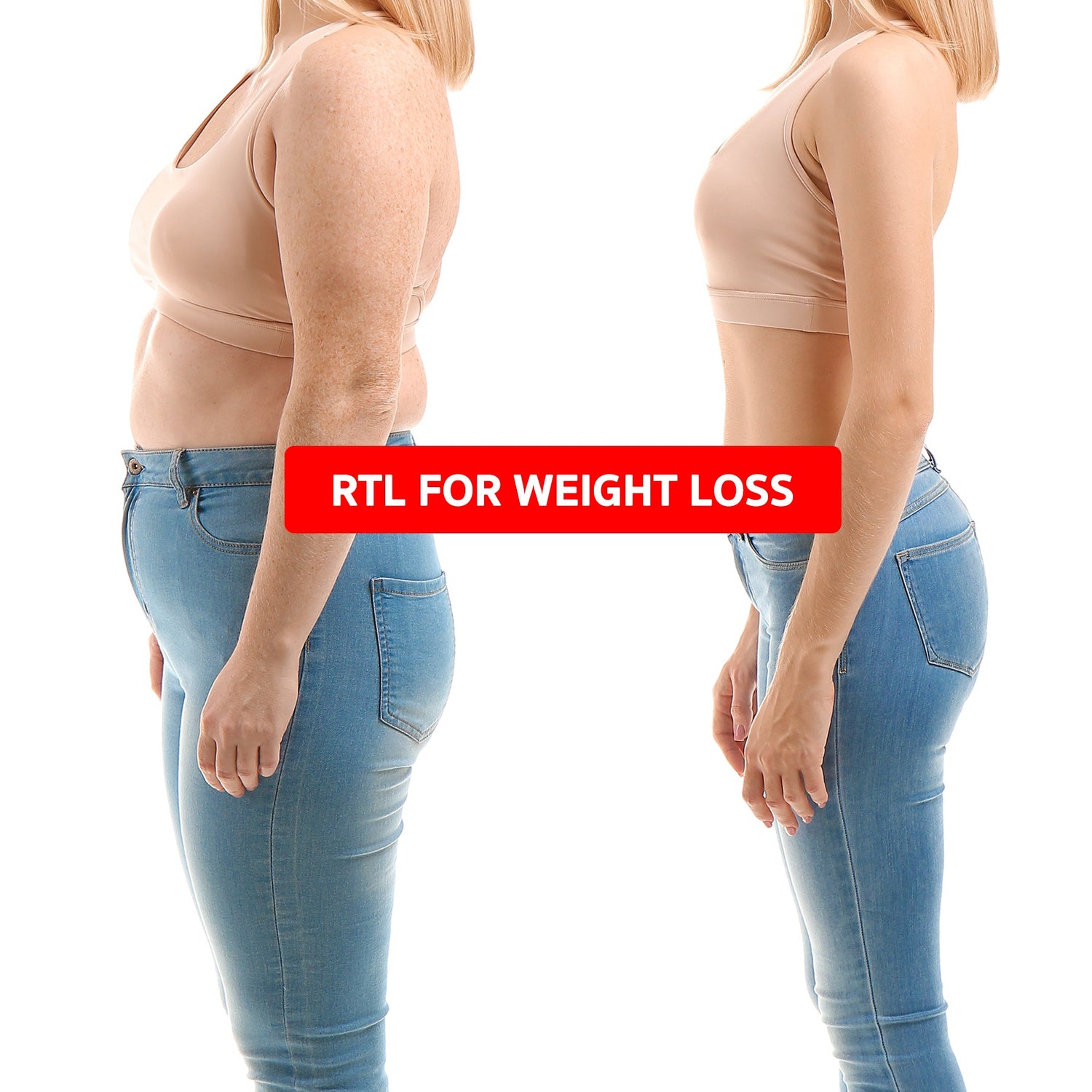
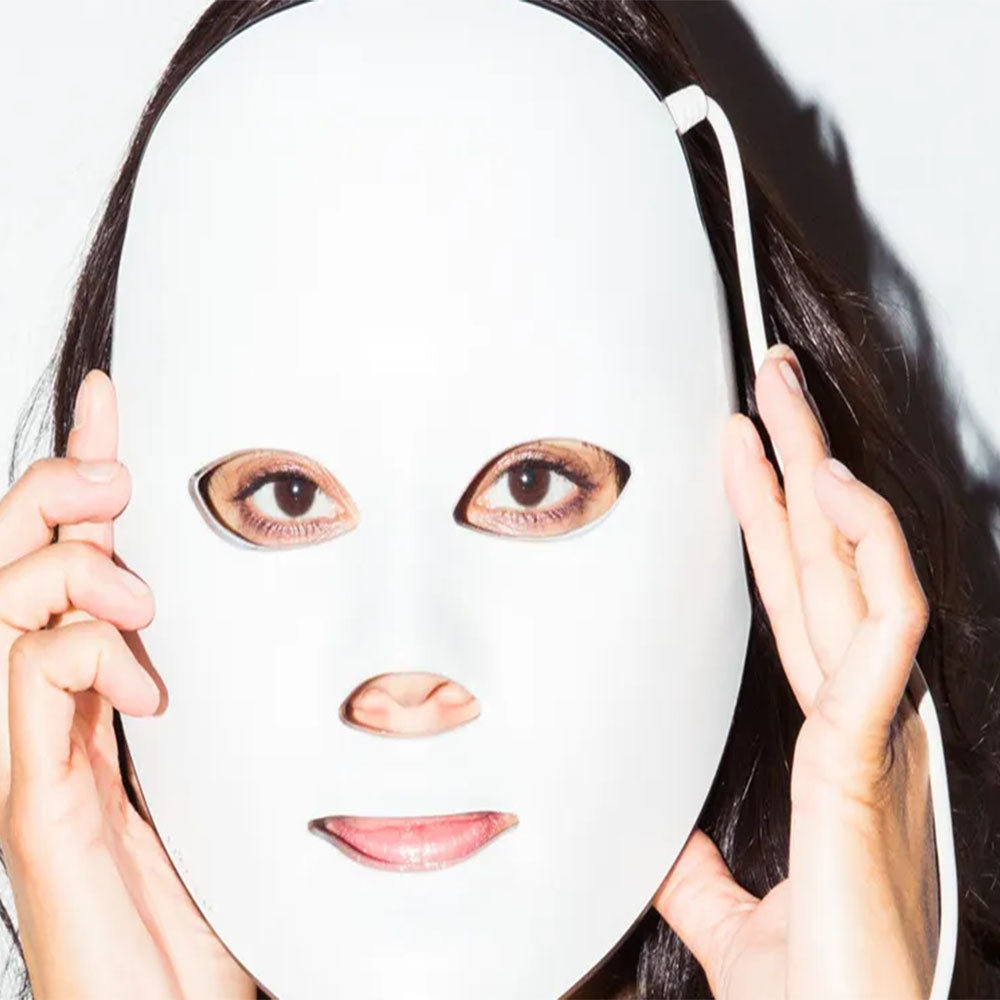
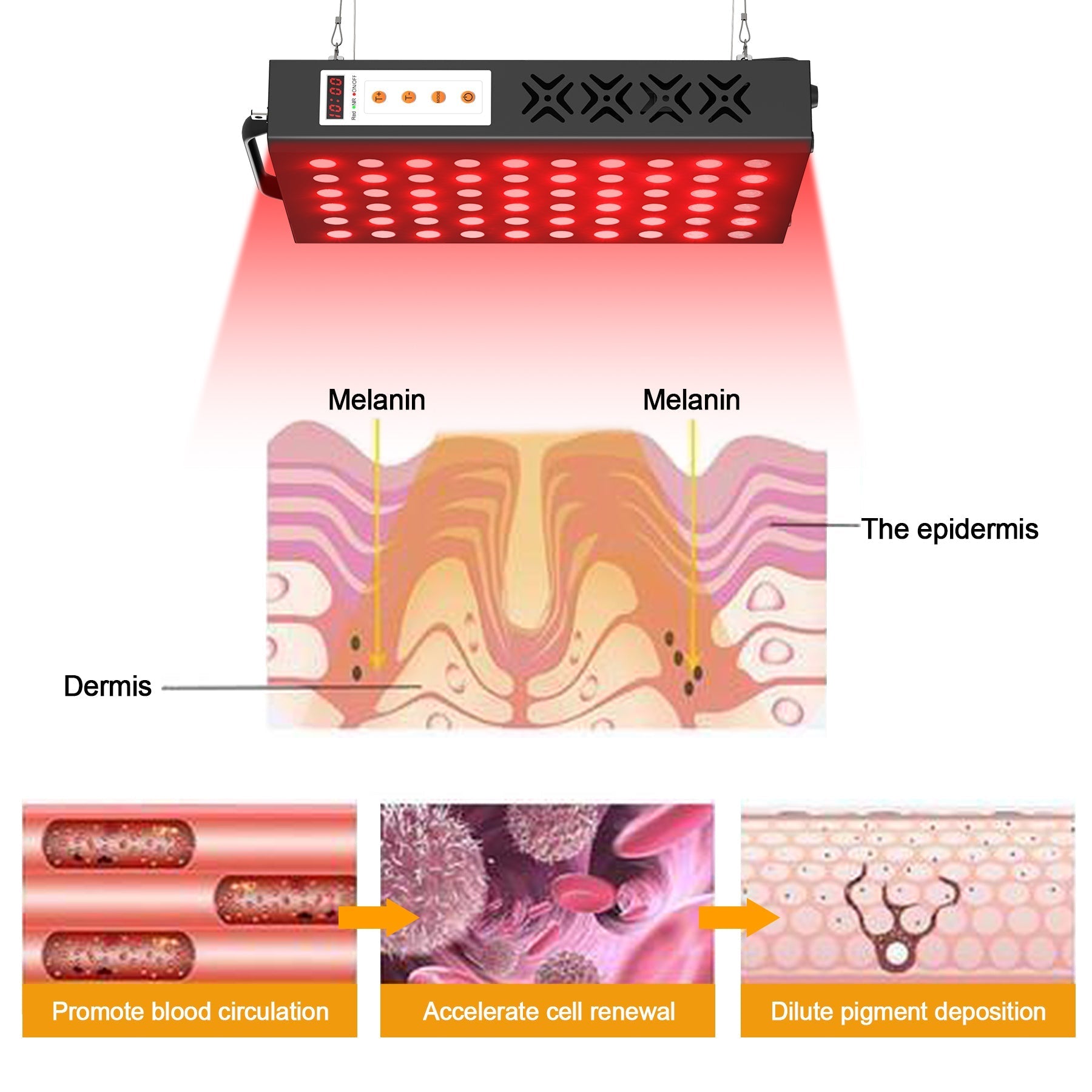
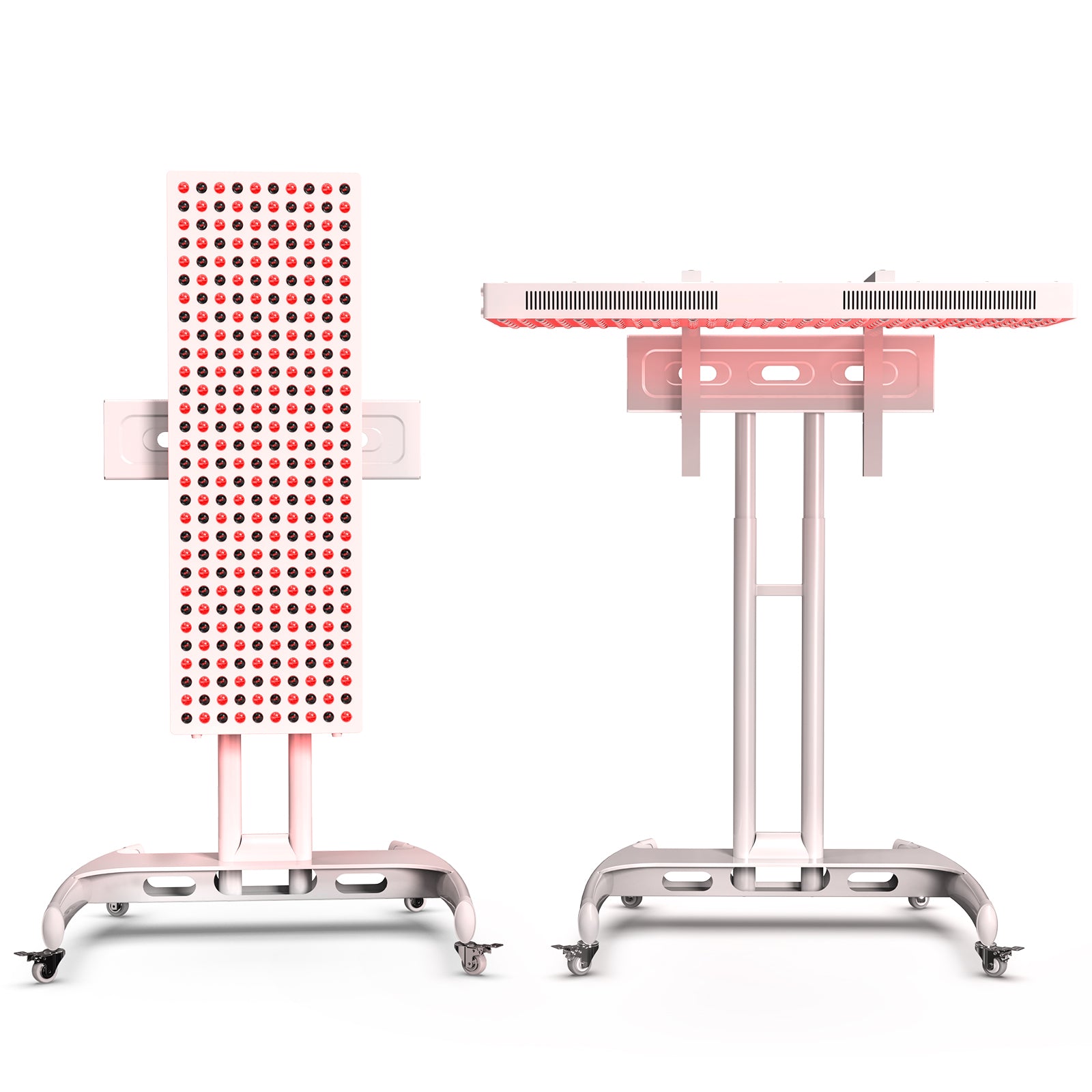
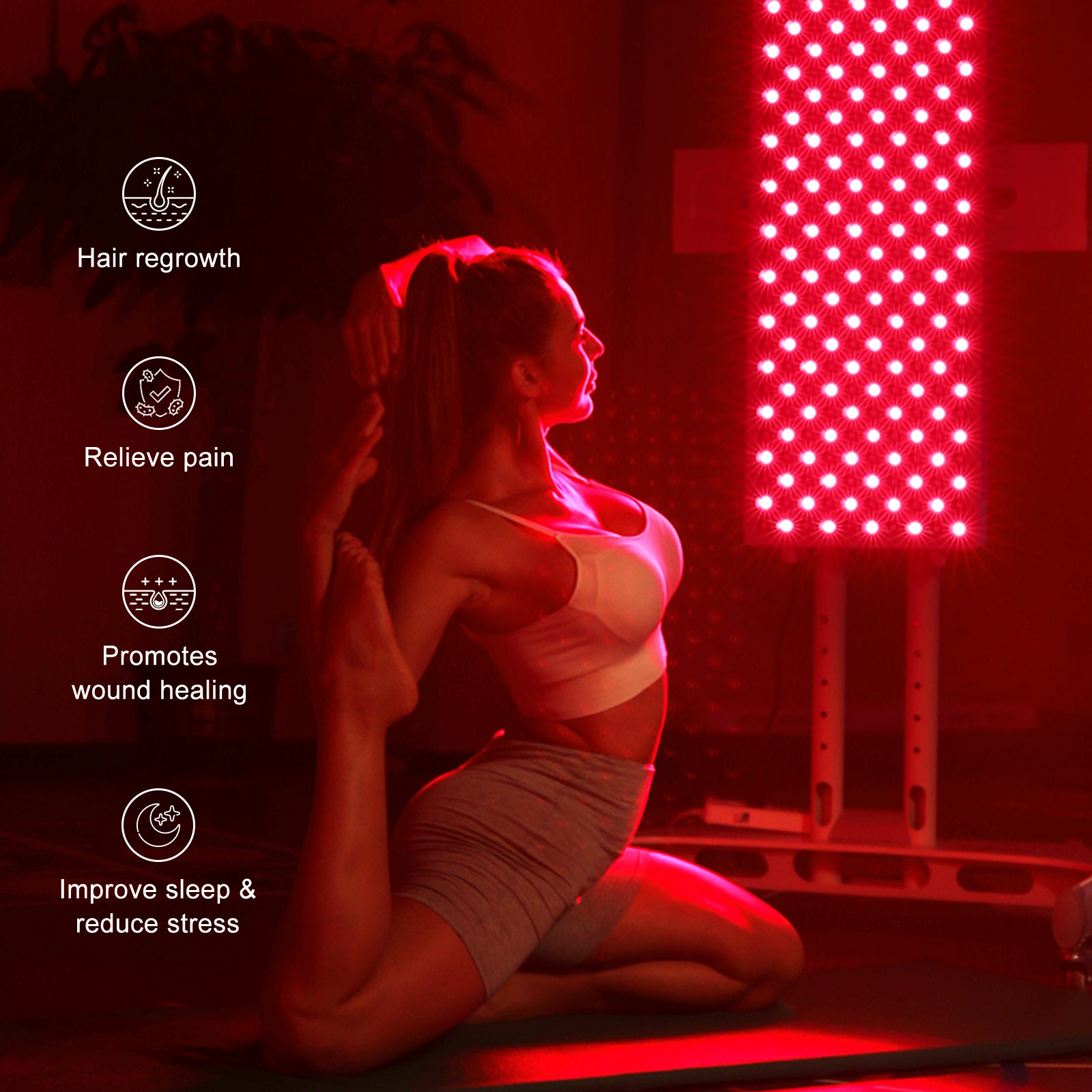
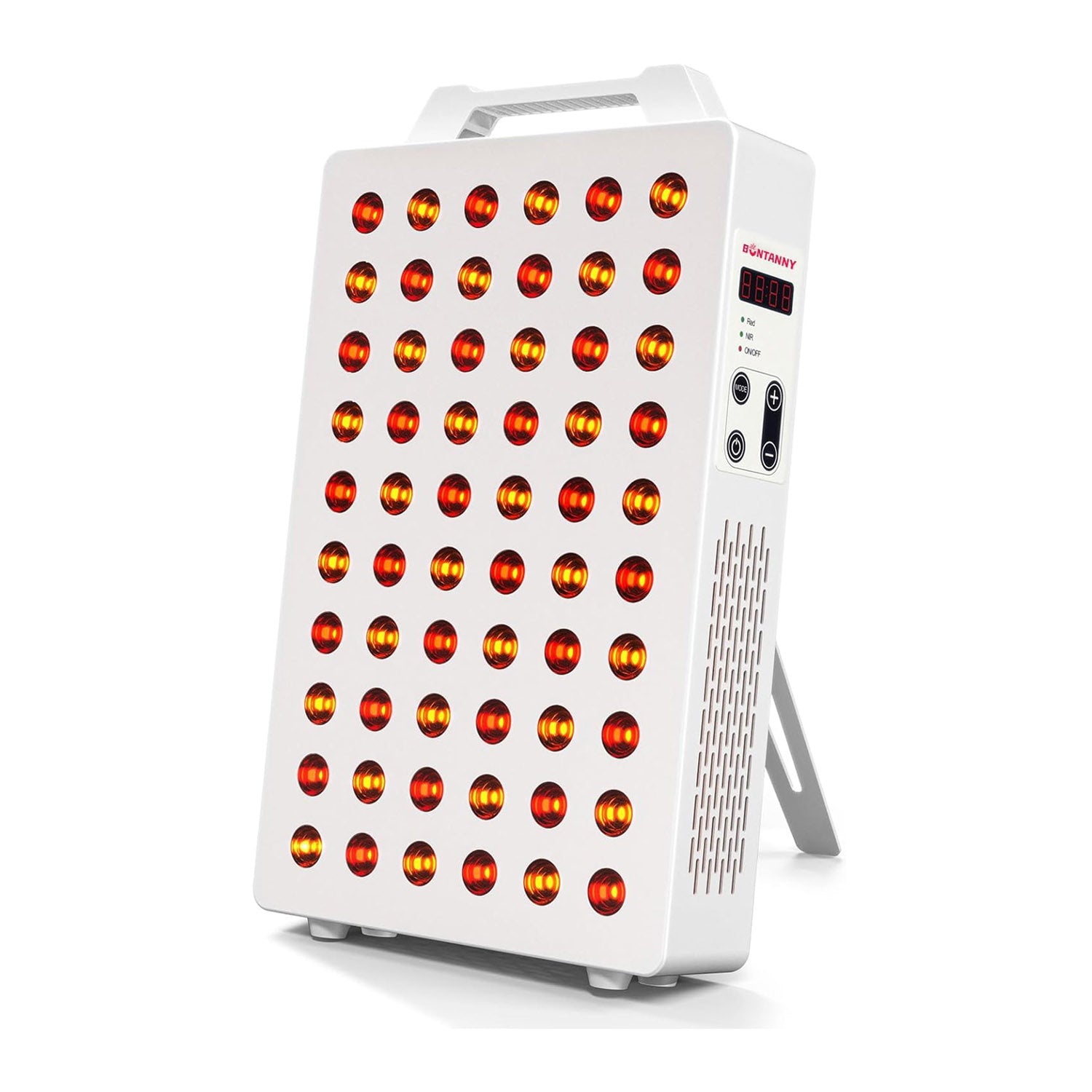
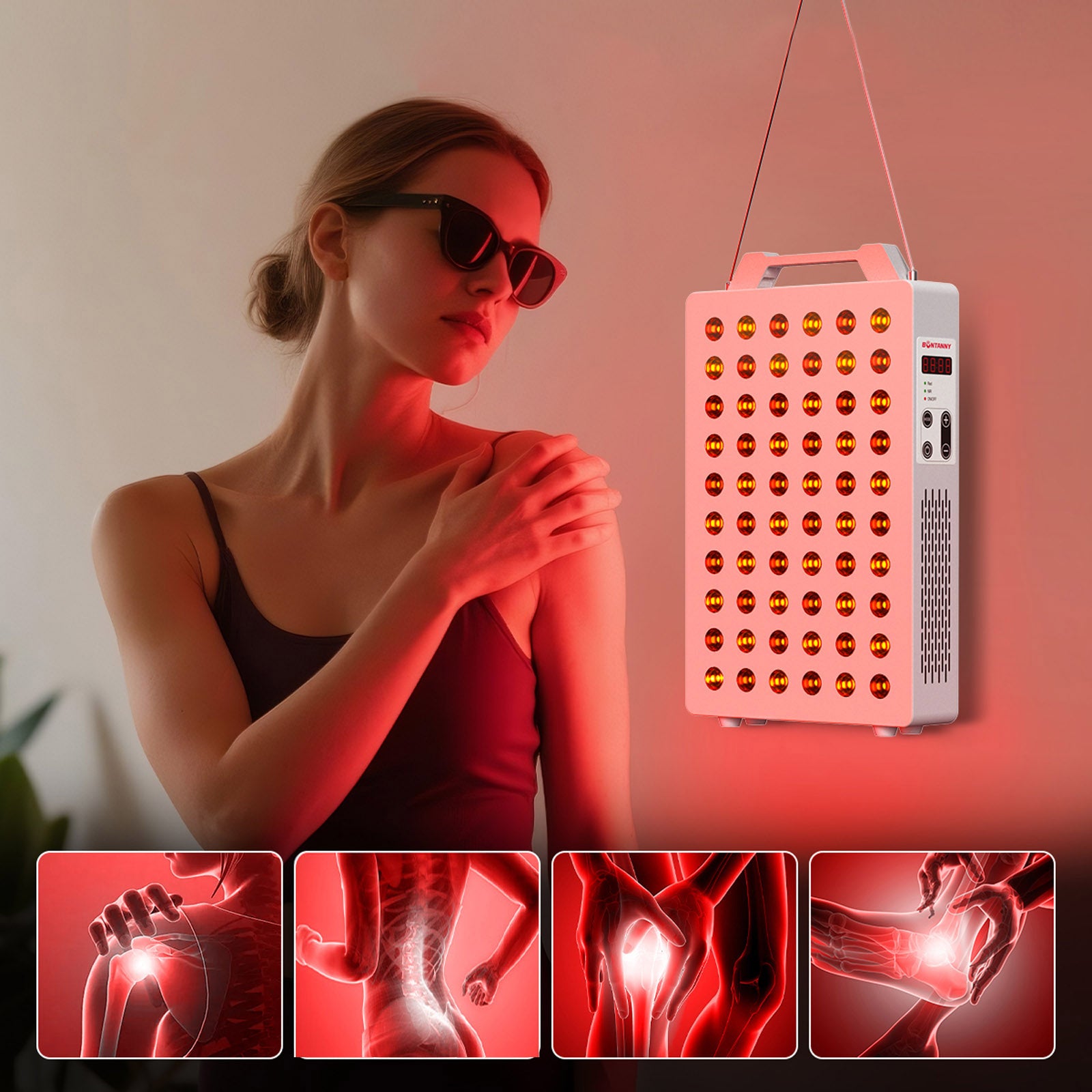
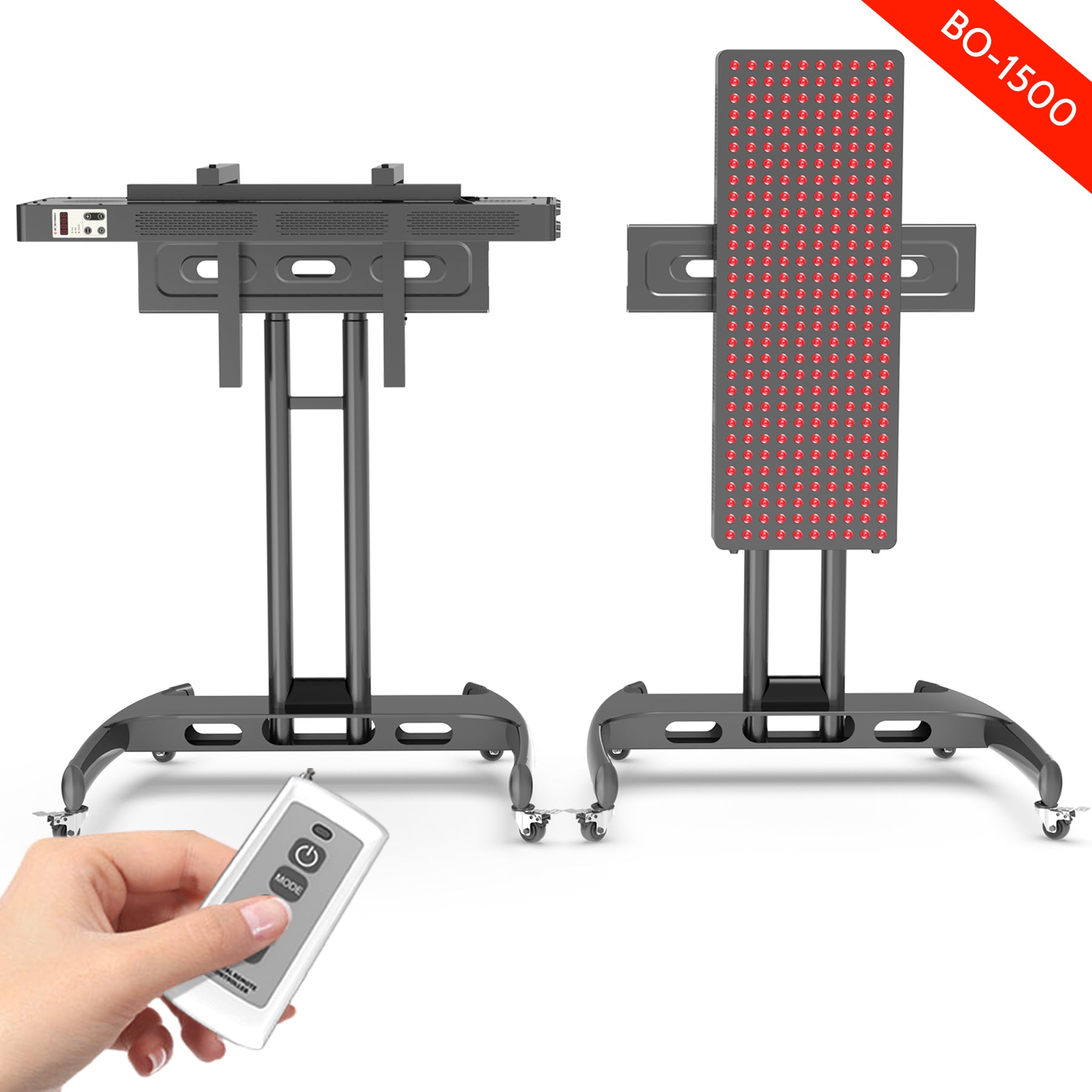
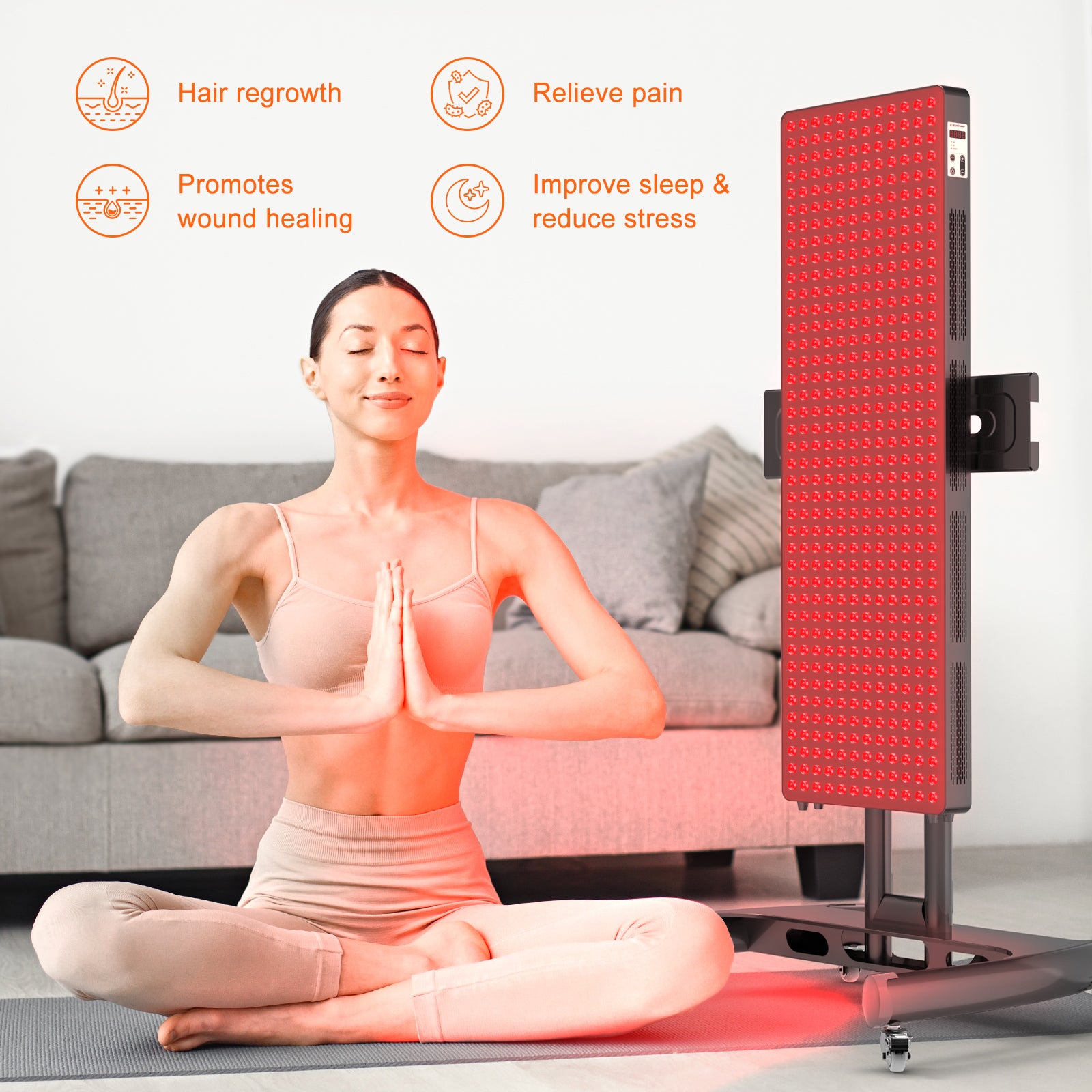
Leave a comment
This site is protected by hCaptcha and the hCaptcha Privacy Policy and Terms of Service apply.